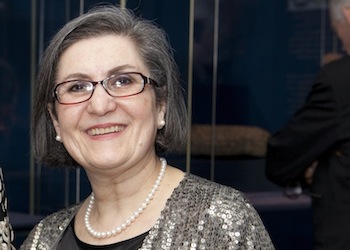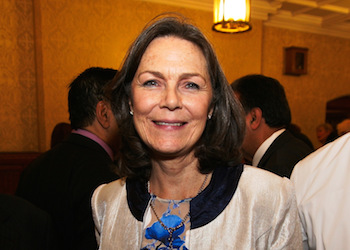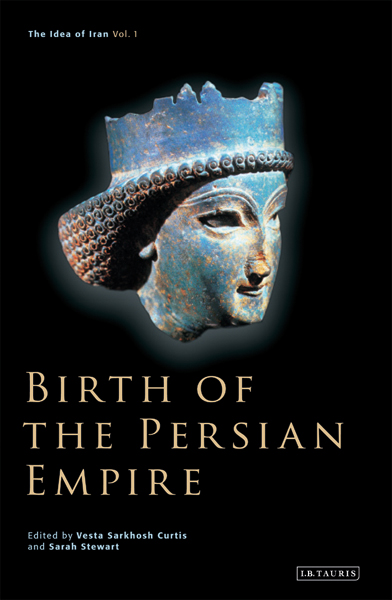Birth of the Persian Empire
f the great ancient civilisations, that of Persia is the least known and the most enigmatic, this book explores the formation of the Persian empire under the Achaemenid Persians. It gives a multidisciplinary view of ancient Iran in the first millennium B.C.E. and covers the art, archaeology, history and religion of a vast geographical area far beyond the present borders of modern Iran. The book also discusses various aspects of the origins of the Persian empires, its formation in the middle of the sixth century B.C.E. by Cyrus the Great, up to its collapse following the conquest by Alexander the Great in the late fourth century B.C.E.
Eminent scholars give a critical approach to some of the traditional interpretations of Iran from ancient Elam to the Eurasian Steppes, and discuss topics which help the reader gain a better understanding of the formation of the first Persian empire of the Achaemenids. Daniel T. Potts examines the contribution of the Elamites from southwestern Iran up to the time of Cyrus and emphasis the strong link between the Persians and the Elamites. Frantz Grenet deals with the geography of the ‘Aryan’/Iranian countries referred to in the first chapter of the Videvdad and pushes the boundaries of Avestan Iran into modern Pakistan. Oktor Skjaervo draws parallels between the royal inscriptions of the Persian kings in the Achaemenid period and Zoroastrian religious texts. John Curtis examines the archaeological evidence prior to the formation of the Achaemenid empire and discusses the artistic tradition of the Achaemenids with reference to Persepolis. Albert de Jong deals with the religious history of the Achaemenid period, and focuses on the role of the Magi in determining what is meant by ‘Zoroastrianism’ with respect to the religion of the Persian kings. Shapur Shahbazi defends the view that the idea of Iran as a political entity did not originate in the later Sasanian period of the third to seventh centuries C.E., but was conceptualised in the Achaemenid period in the fifth century B.C.E.
Editors

Dr Vesta Sarkhosh Curtis is Curator of Middle Eastern Coins at the British Museum and is responsible for its collection of pre-Islamic Iranian coins (from the third-century BC until the middle of the seventh-century AD), which includes both Parthian and Sasanian coins. She also looks after coins of the Islamic world beginning with the Umayyad and Abbasid periods and including coins of the Samanid and Buyid, Seljuk, Mamluk, Ayyubid and Fatimid, Ilkhanid and Timurid, Safavid and Qajar dynasties. Projected have included The Sasanian Coin Project, a collaborative project with the National Museum of Iran in Tehran, and now successfully completed. The result is a two-volume Sylloge of Sasanian coins of the third- to seventh-centuries AD while Dr Sarkhosh Curtis currently jointly-directs the International Parthian Coin Project, The Sylloge Nummorum Parthicorum (SNP), and is Joint Editor of the SNP series. This multi-institutional project will record Parthian coins of the third-century BC to the third-century AD found in London, Vienna, Tehran, Paris, Berlin, and the American Numismatic Society, New York.

Dr Sarah Stewart is Lecturer in Zoroastrianism in the Department of the Study of Religions at the School of Oriental and African Studies, University of London and Deputy Director of the London Middle East Institute, also at SOAS. She has been co-convenor of the ‘Idea of Iran’ symposia since its inception in 2006 and has co-edited five volumes in the ‘Idea of Iran’ publication series with I.B.Tauris. She serves on the Academic Council of the Iran Heritage Foundation and has been a longstanding Fellow of the British Institute of Persian Studies, most recently serving as its Honorary Secretary until 2013, in which year Dr Stewart co-organised the acclaimed exhibition: ‘The Everlasting Flame: Zoroastrianism in History and Imagination’. Her publications include studies on Parsi and Iranian-Zoroastrian living traditions and is currently working on a publication (in collaboration with Mandana Moavenat) on contemporary Zoroastrianism in Iran.


